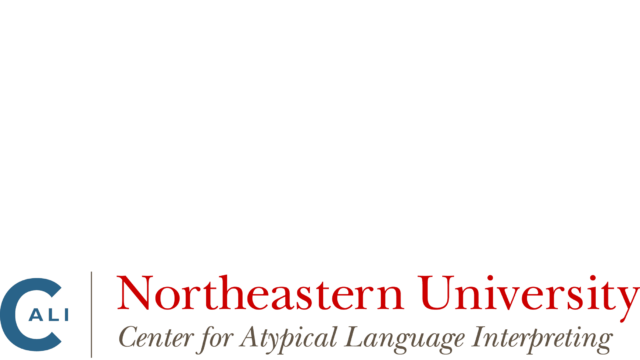Deaf Migrants and Refugees

Moriarty Harrelson, E. (2019). Deaf people with “no language”: Mobility and flexible accumulation in languaging practices of deaf people in Cambodia. Applied Linguistics Review, 10(1), 55-72.
This paper, based on the author’s fieldwork in Cambodia, examines ideas about communication practices of rural deaf people. Communicative practices such as drawing a picture to communicate, gestures, pointing, and using objects in the environment are often devalued because people tend to have rigid conceptualizations of language. The author provides examples of how spaces/objects can be deployed as a part of a person’s linguistic repertoire. She notes that mutual meaning-making is a fluid and creative process that includes elements of peoples’ spatial repertoires and lived experiences. Deaf peoples’ linguistic repertoires are constantly expanding as they enter new spaces, resulting in the flexible accumulation of languaging practices and modalities. The ability to make meaning by use of varied communication resources is the practice of translanguaging. The article calls for closer attention to modalities other than signing or speaking, such as gestures, homesigning, pointing, drawing of pictures and the use of physical objects. It challenges attitudes and ideologies that portray deaf people as “having” or “not having” a language, which creates distinctions between groups and individuals.
Schwartz, M.A., Elder, B.C. , Chhetri, M., and Preli, Z. (2022). Falling through the Cracks: Deaf New Americans and Their Unsupported Educational Needs. Education sciences, 12(1), 35. doi: 10.3390/educsci12010035.
Despite varied international legal treatises and conventions that aim to protect the rights of deaf and disabled children and adults, particularly those who are refugees, there remains a continual challenge by local governments and organizations to provide appropriate education and support for deaf refugees and immigrants, referred to as Deaf New Americans. The authors outline a case study of the experiences of New Deaf Americans and the multiple experiences of marginalization before and during resettlement in the US. Interpreting approaches used with the participants offer insights into interpreting with Deaf immigrants with limited educational backgrounds who are not fluent in the local, national signed language (ASL). The article critiques US educational policies that fail to adequately include Deaf New Americans’ circumstances. It calls for improved communication and policy changes. The study has implications for understanding New Deaf Americans’ experiences with interpreting services, their shifting language learning, and the need for Deaf-centered resettlement education.